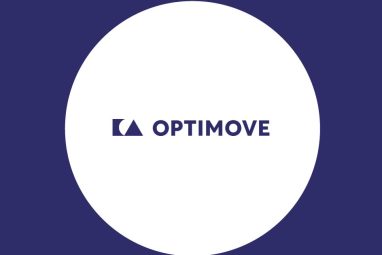Flexible and Scalable Revenue Model will be Most Successful in Global IoT Data Management & Analytics
ResearchAndMarkets.com has come out with a report on Global IoT Data Management and Analytics. Titled ‘IoT Data Management and Analytics Market by Technology, Infrastructure, Deployment Model (Cloud vs. Premise), Solutions, Applications and Services in Industry Verticals 2021 – 2026’, the report evaluates the market for IoT data management and analytics. The report analyses key challenges […]
Topics
What to Read Next
- Cvent to Acquire ON24 for $400 Million
- MobiLoud Unveils AI-Powered Analytics Dashboard for Mobile App Insights
- Avaya Chooses Gemini Enterprise & Google Workspace to Power AI Strategy
- Optimove Launches New Email Marketing Solution
- iMini AI Integrates Kling 2.5 Turbo & Wan 2.6 for Next-Gen AI Video Creation

ResearchAndMarkets.com has come out with a report on Global IoT Data Management and Analytics. Titled ‘IoT Data Management and Analytics Market by Technology, Infrastructure, Deployment Model (Cloud vs. Premise), Solutions, Applications and Services in Industry Verticals 2021 – 2026’, the report evaluates the market for IoT data management and analytics. The report analyses key challenges and opportunities such as managing IoT data based on ownership, care of custody, and usage rights.
The report assesses the opportunity for IoT data as a service and IoT-driven decisions as a service. It includes forecasts by technology, infrastructure, applications and services for both static and real-time data from 2021 through 2026.
The report evaluates substantial market opportunities involving IoT data collection, storage, analytics and visualisation. It identifies how real-time, streaming data IoT business data becomes highly valuable when it can be put into context and processes as it will facilitate completely new product and service offerings.
This facilitates new opportunities for supporting software, storage and analytics solutions. The report includes analysis of technologies, tools and platforms for collecting, storing and processing IoT data.
Industrial IoT (IIoT) and enterprise IoT deployments in particular will generate a substantial amount of data, most of which will be of the unstructured variety, requiring next-generation data analytics tools and techniques. For example, manufacturing processes produce vast amounts of machine-generated data, most of which is unstructured and from disparate sources and formats.
Accordingly, there is a need for uniform data management processes and the use of big data analytics tools and techniques. While much of this data will be very useful for longer-term analytics, significant value will be realised from real-time processing such as centralised versus distributed manufacturing decisions.
It is important to recognise that intelligence within IoT networks is not inherent but rather must be carefully planned. IoT market elements will be found embedded within software programs, chipsets, and platforms as well as human-facing devices, which may rely upon a combination of local and cloud-based intelligence.
Just like the human nervous system, IoT networks will have both autonomic and cognitive functional components that provide intelligent control as well as nervous system-like end-points that provide signaling (detection and triggering of communications) and connectivity. Each of these system components are sources of potentially useful data, which must be analysed to determine if useful information may be realised.








































































































